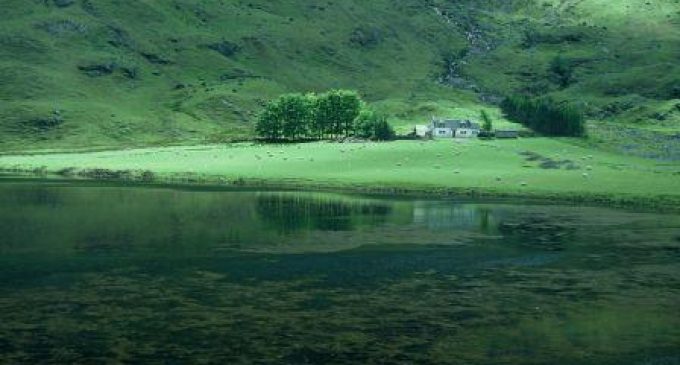EU Exceeds International Limit For Air Pollution From Agriculture

Ammonia emissions in Europe have fallen since 1990, but by not as much as emissions of other air pollutants tracked under an internationally agreed United Nations convention. According to a new report from the European Environment Agency (EEA), ammonia emissions increased in 2014, meaning several EU Member States as well as the EU now exceed their respective ammonia emission limits under the convention.
Around 94% of ammonia (NH3) emissions in Europe stem from agriculture, mainly from activities such as manure storage, slurry spreading and the use of fertilisers containing nitrogen. Ammonia contributes to eutrophication — an oversupply of nitrogen — and acidification of ecosystems. It also forms particulate matter in the atmosphere which harms human health.
The Gothenburg Protocol to the UNECE Convention on Long-range Transboundary Air Pollution (LRTAP) contains emission reduction commitments that have to be met from 2010 onwards for NH3 and three other air pollutants: nitrogen oxides (NOx), non-methane volatile organic compounds (NMVOCs), and sulphur oxides (SOx). In addition to emission reduction commitments specified for individual countries, the protocol also specifies reduction commitments for the EU-15.
The annual European Union emission inventory report 1990-2014 under the LRTAP Convention shows that NH3 emissions fell by 24% between 1990 and 2014, but increased in the EU‑28 between 2013 and 2014 by 0.9%. Ammonia emissions from the EU-15 in 2014 were 0.2% higher than the 2010 limit, the first time the EU-15 has exceeded its emission ceiling for this pollutant.
The rise in NH3 emissions in 2014 was mainly due to increases in France, Germany and Spain. Four countries (Finland, Germany, the Netherlands and Spain) also exceeded their individual NH3 ceilings in 2014. (see Figure ES.5). More generally, some countries have also recently improved their estimates of NH3 released from agricultural sources which in some instances has led to an increase in the emissions reported from past years. Better reporting by Member States, including the reporting of new emissions sources, is encouraged.
Emissions of the other main pollutants covered by LRTAP have dropped considerably since 1990, including the three air pollutants primarily responsible for the formation of ground-level ozone (O3). Carbon monoxide (CO), NMVOCs and NOx were reduced by 65%, 60% and 55%, respectively.


































